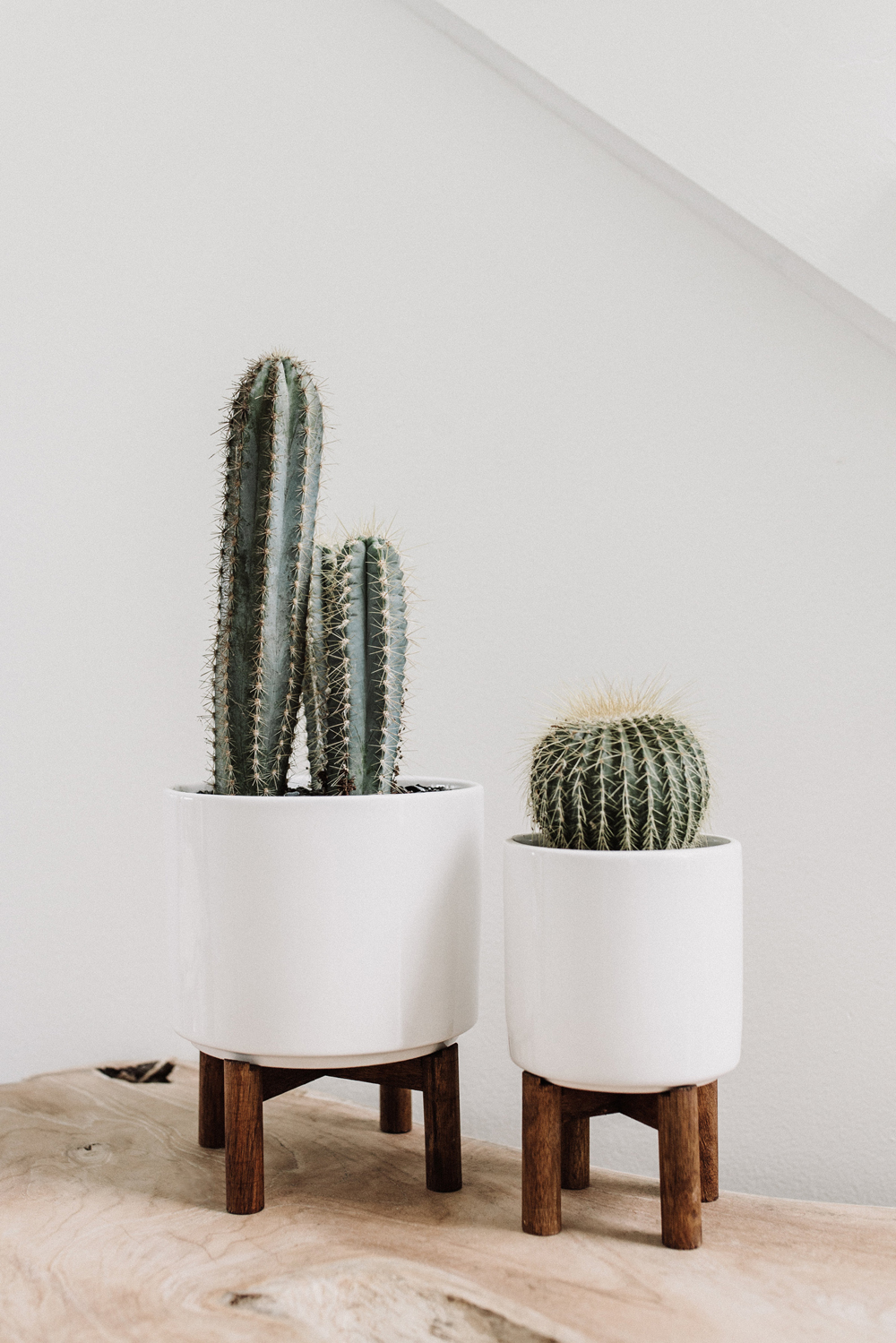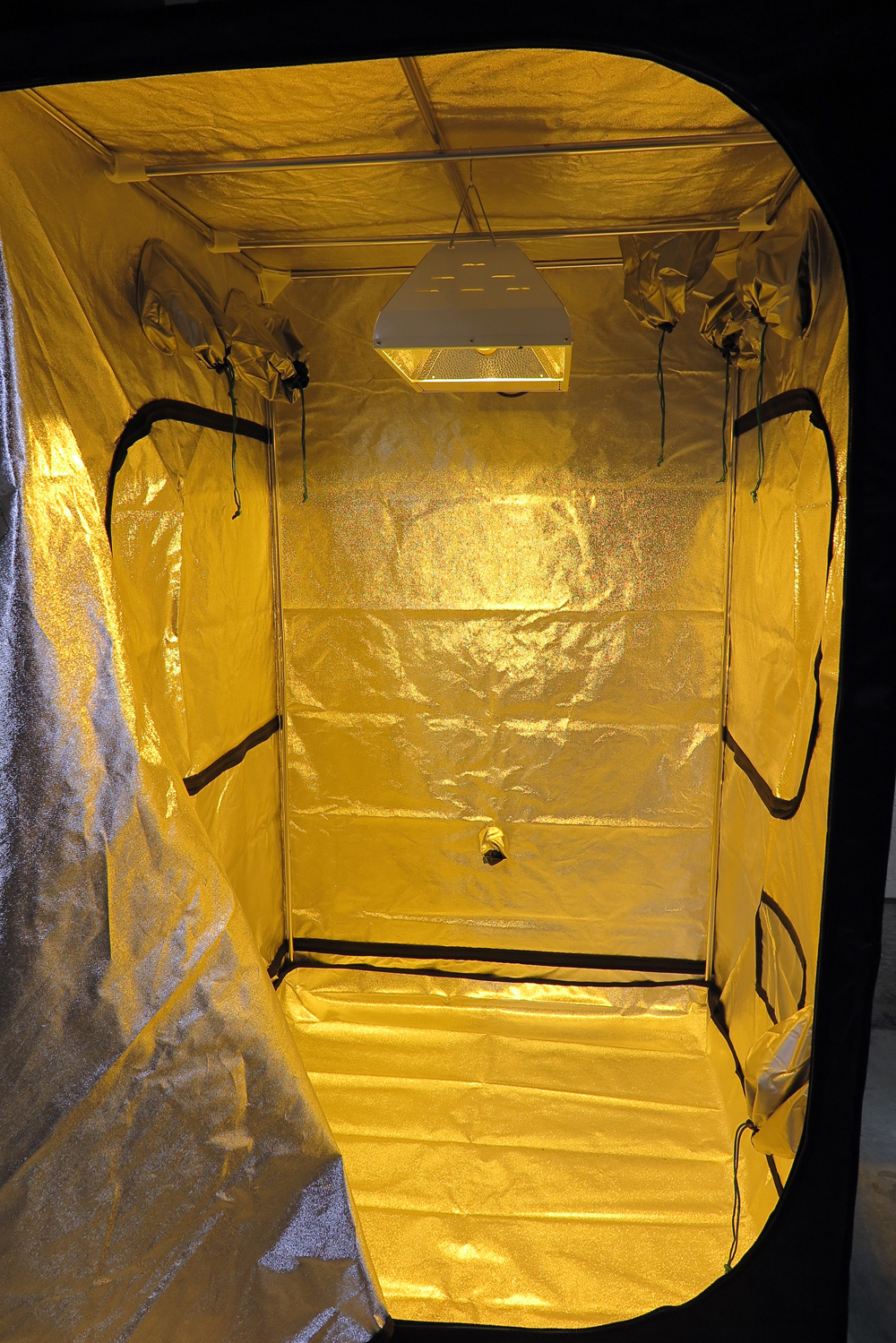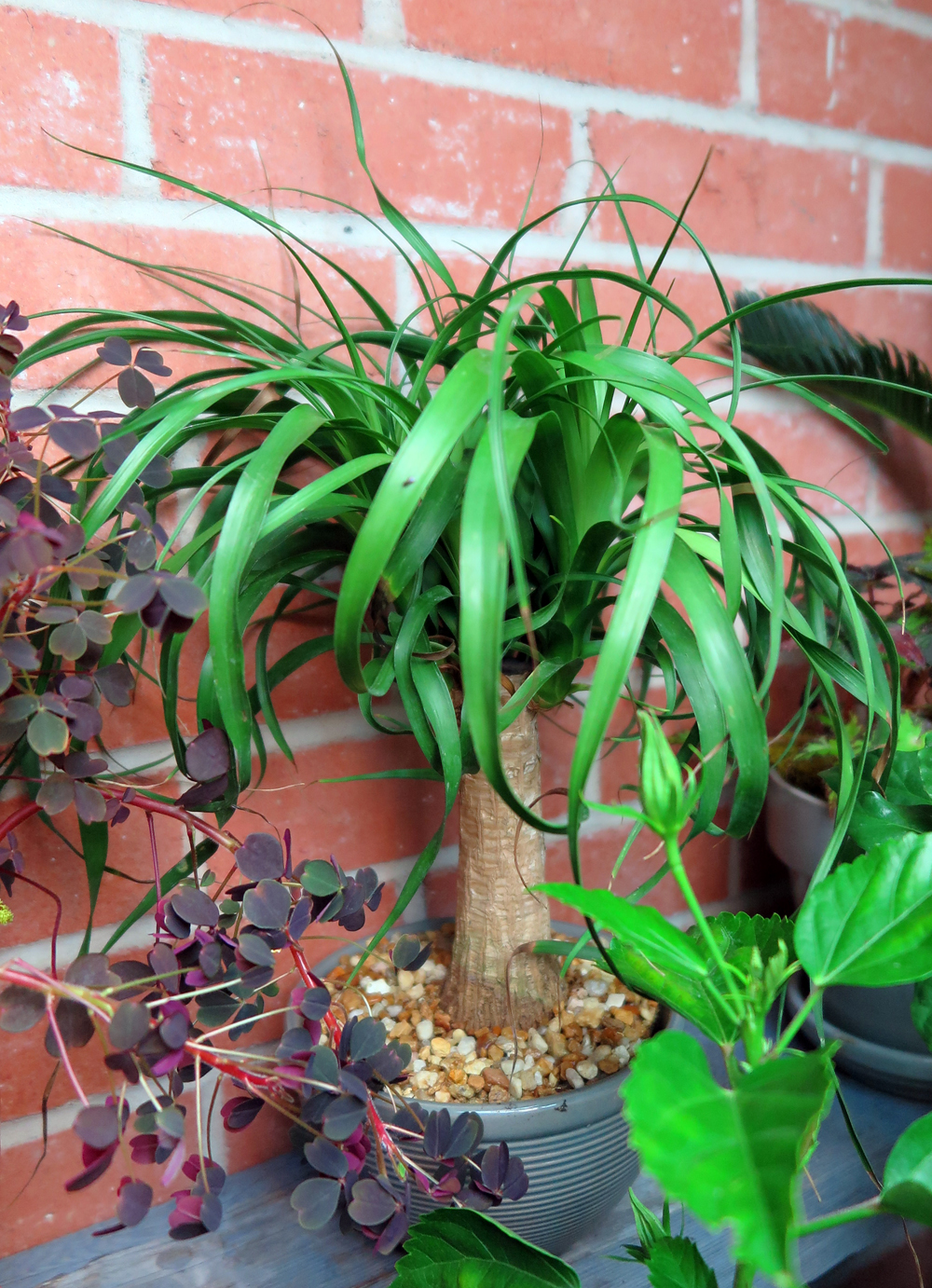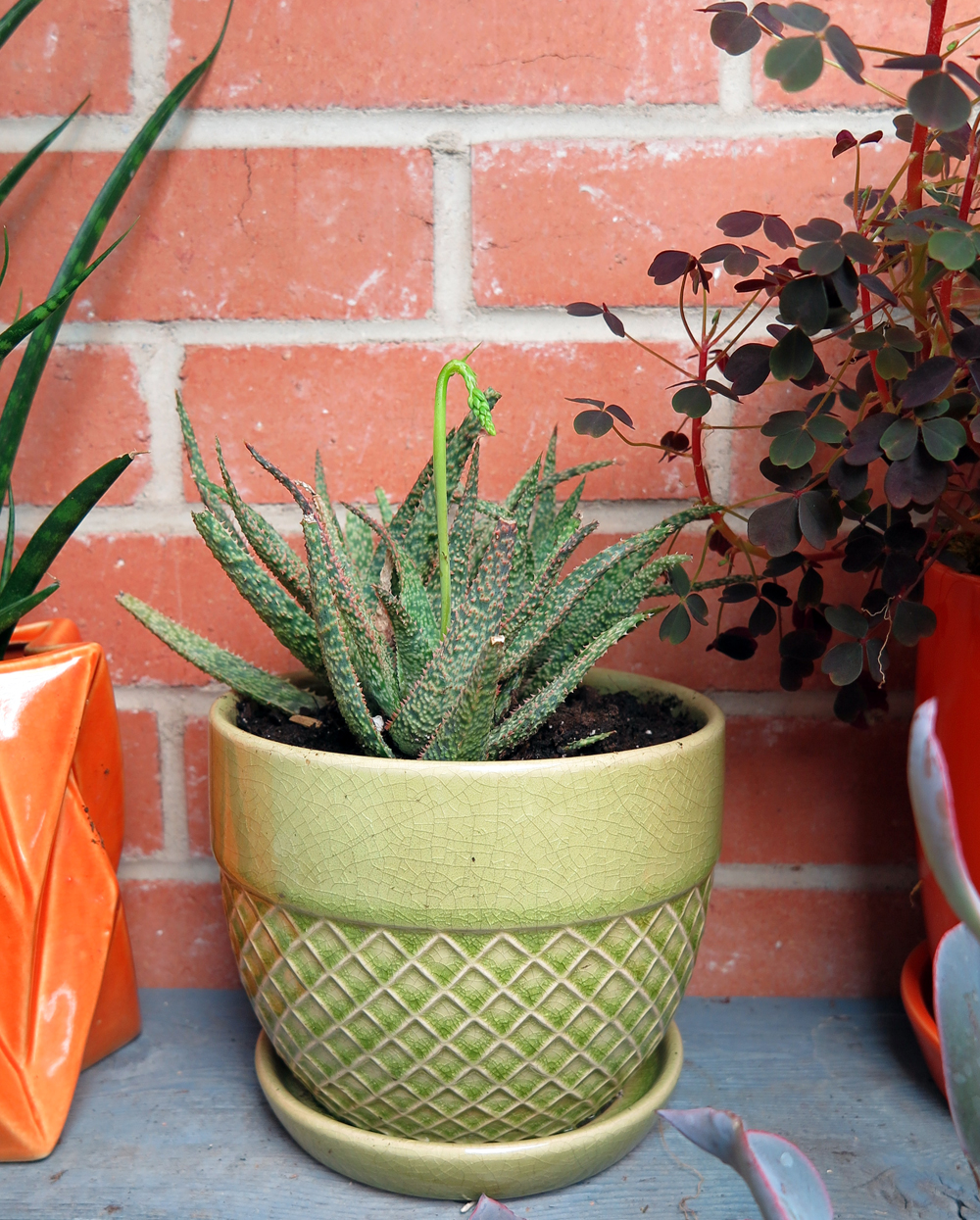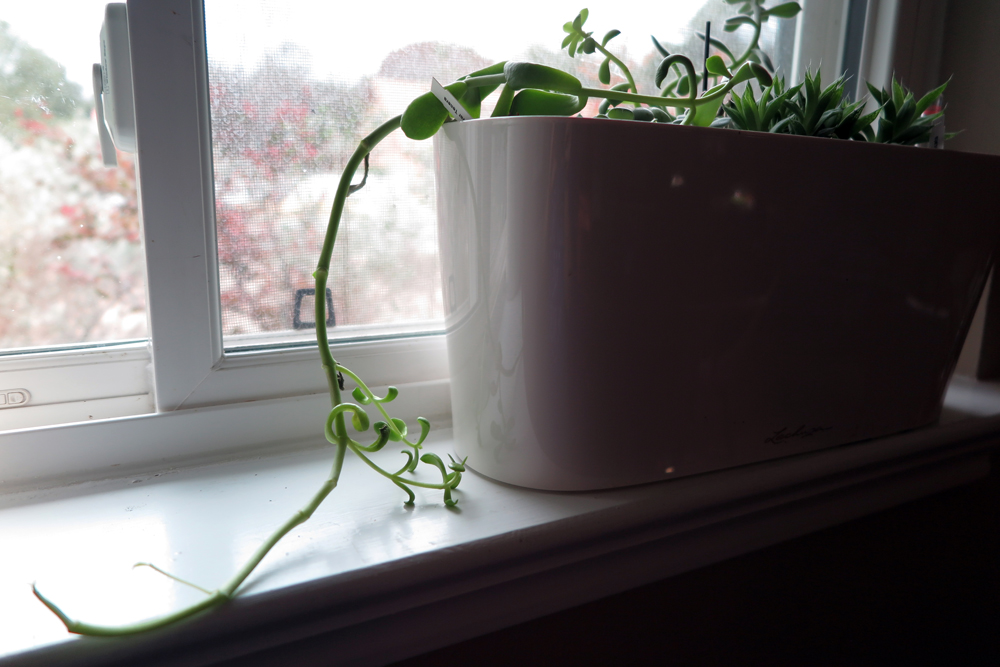Hens and Chicks Succulents Indoors
June 28, 2018
Many succulents fail when kept as indoor houseplants, due to low light levels.If you have bright east-, south-, or west-facing windows that channel at least several hours of direct sunlight, you will fare better with succulents like hens & chicks (Sempervivum spp.), as well as higher-light plants such as echeverias, indoors.
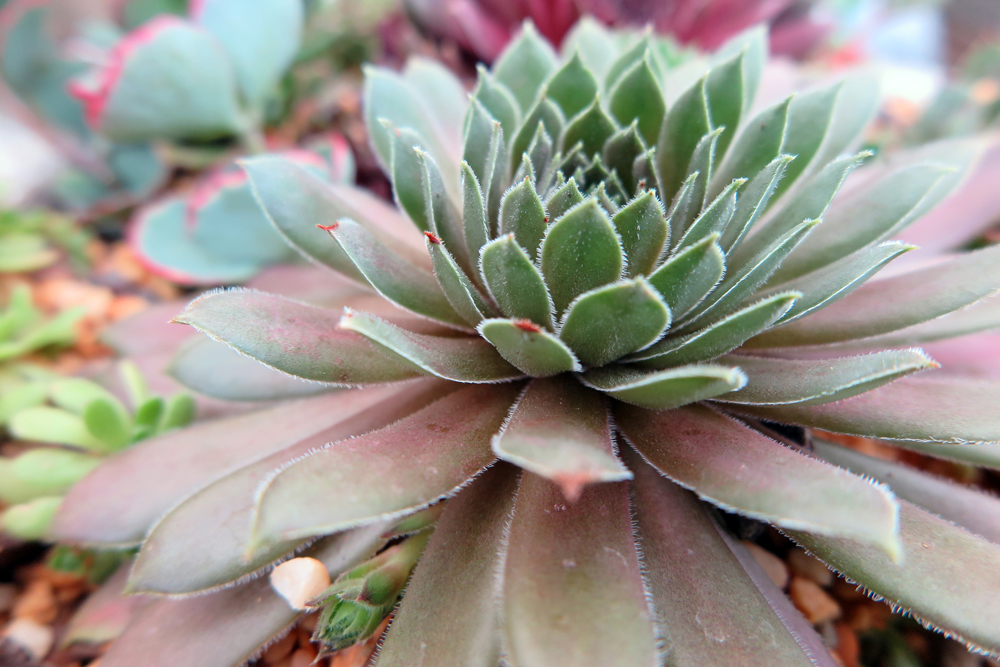
Sempervivum species, or hens and chicks, are popular container and garden succulents.
PC: Leslie F. Halleck
But, they will all go downhill if your window isn’t bright enough or if you move them into lower-light conditions. If you don't have bright light indoors, consider adding a grow light to keep your succulents happy.
New BOOK! Gardening Under Lights: The Complete Guide for Indoor Growers


